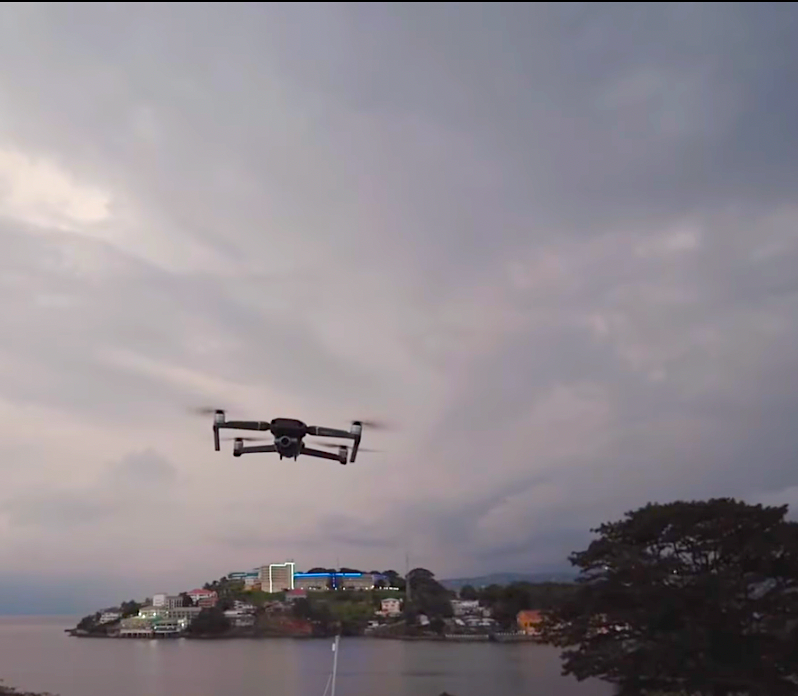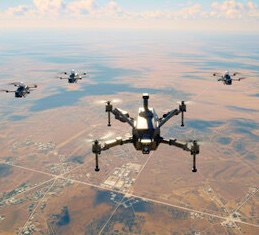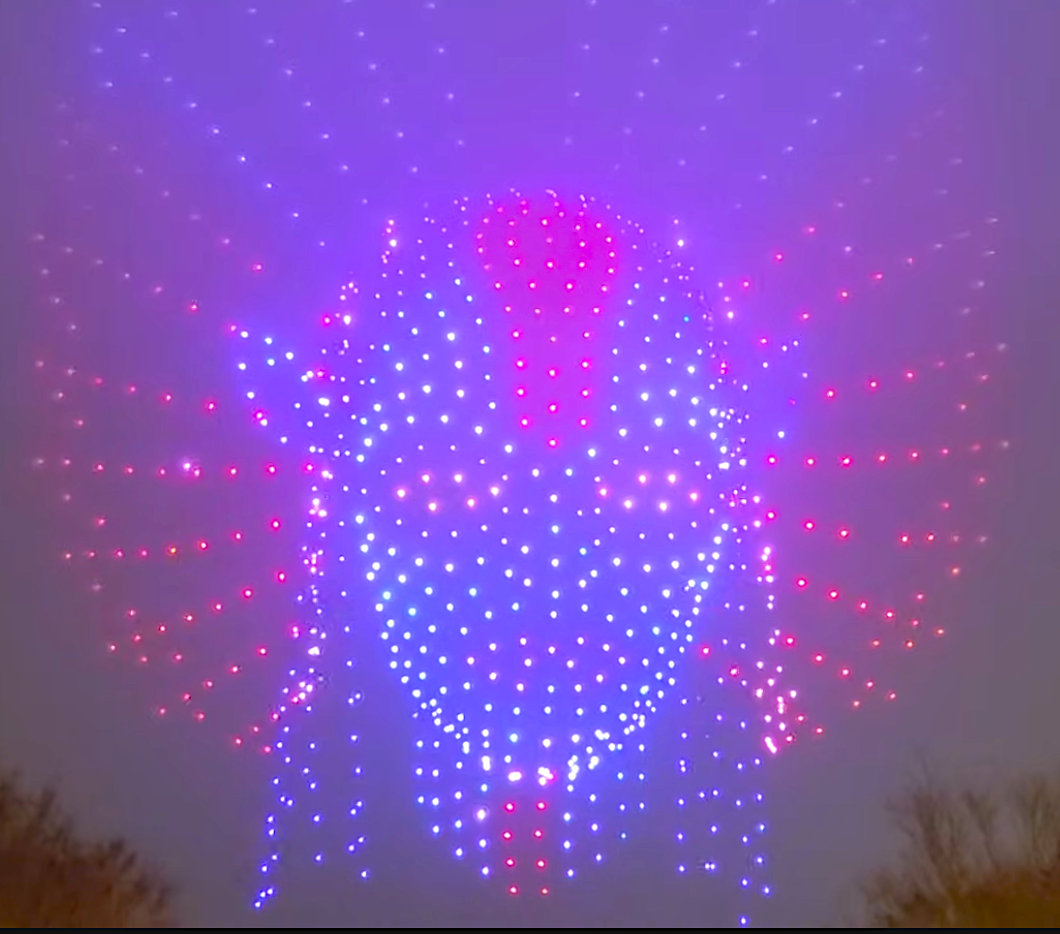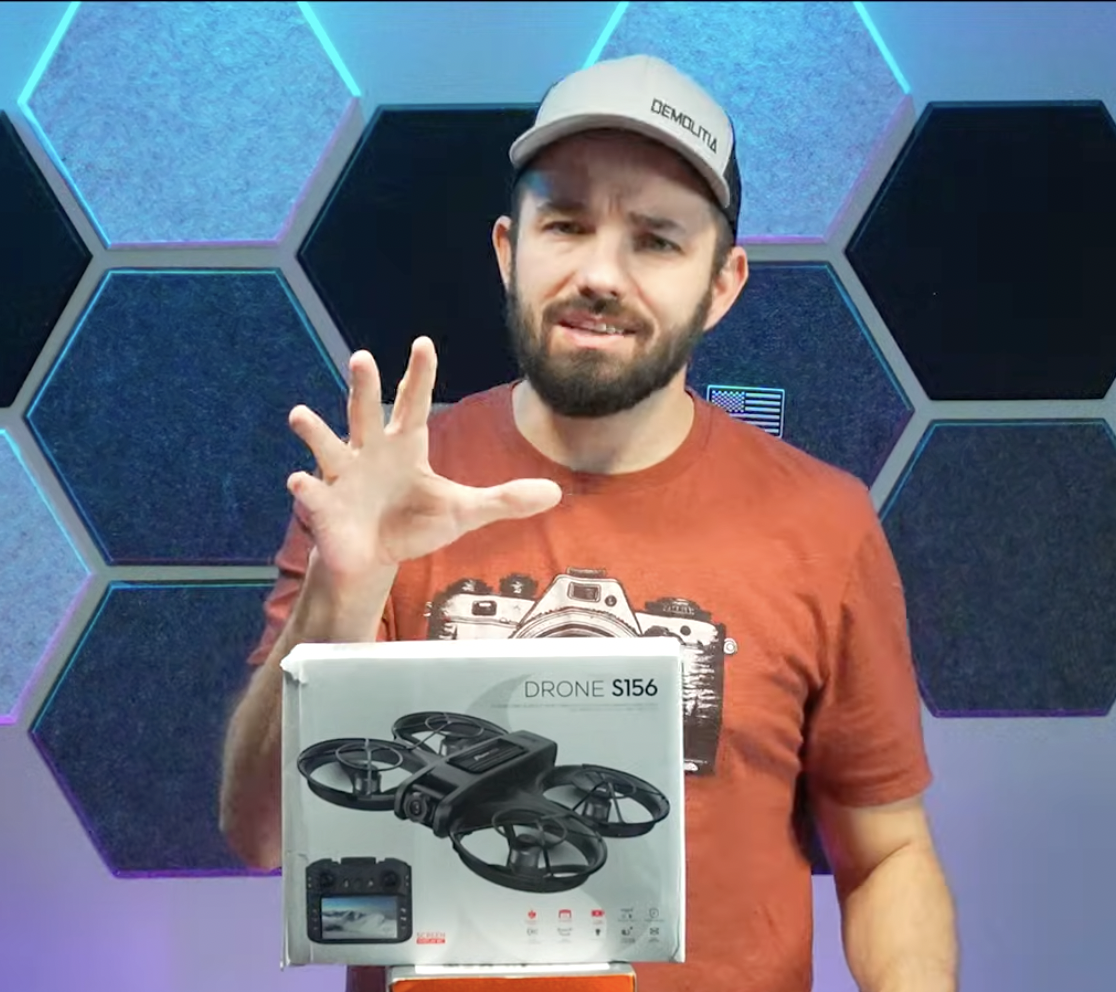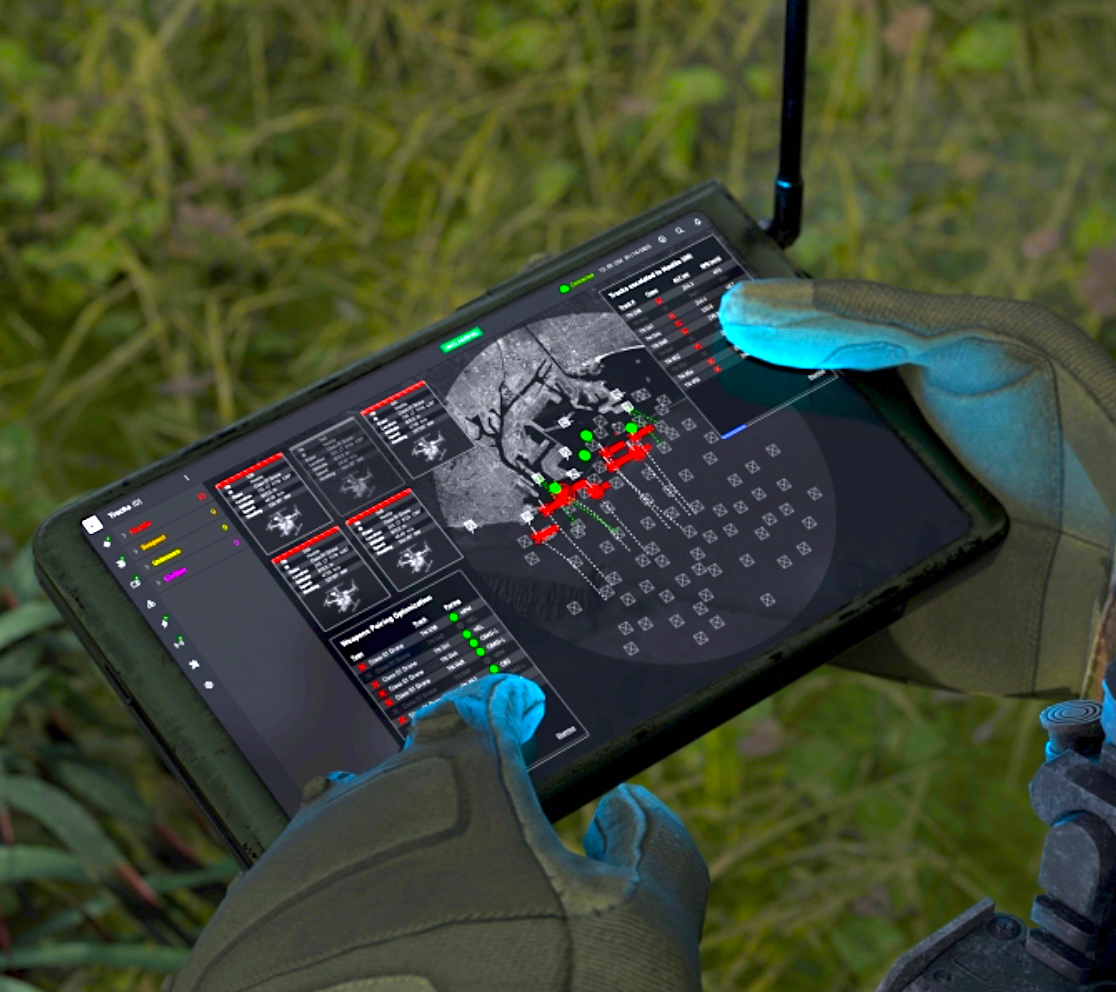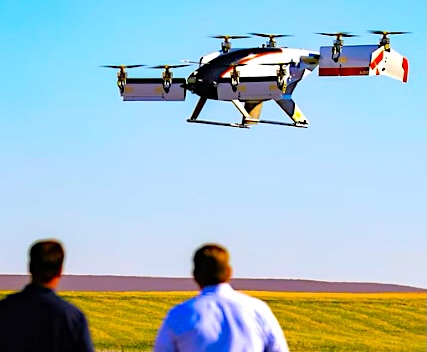Trending NewsProsumer DronesFravels FootnoteChris FravelDJI is Evolving the Way it Makes Drones
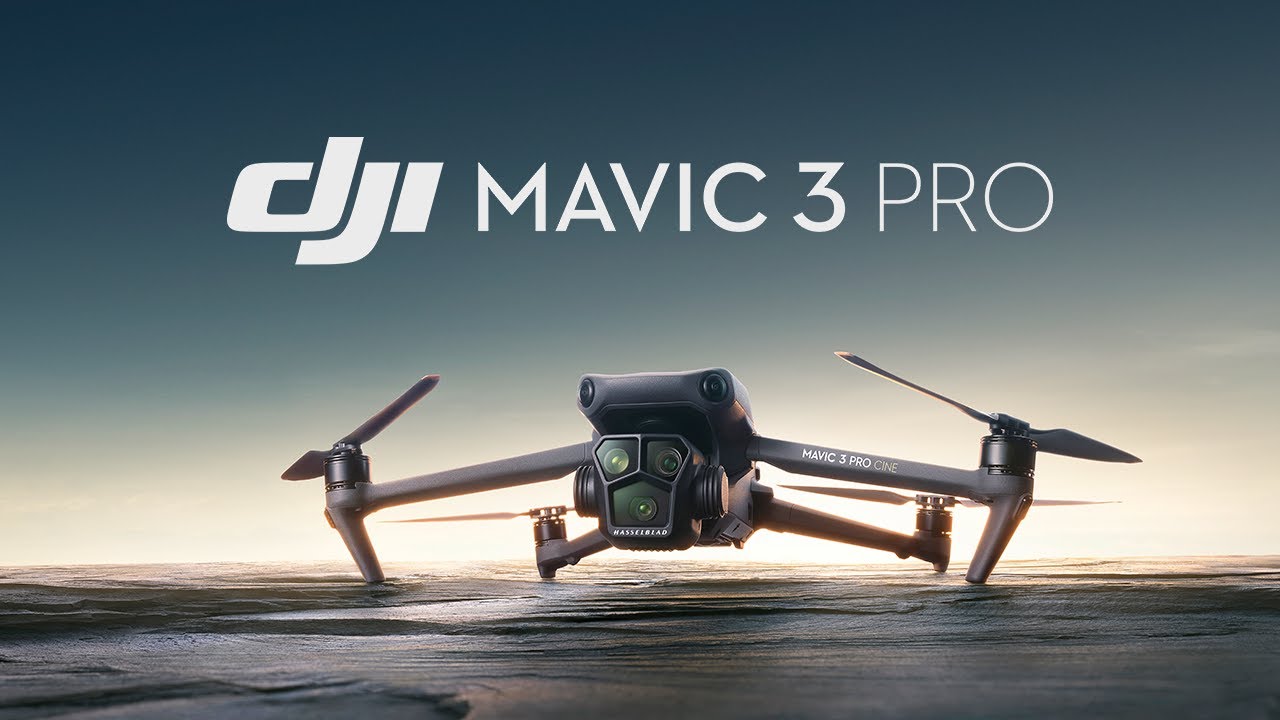
By Chris “The Drone Geek” Fravel
DJI is arguably the most popular consumer/prosumer drone manufacturer in the world. It doesn’t matter who one might ask, most people will either cite DJI specifically or describe one of DJI’s UAV platforms when asked to talk about drones and drone technology. And rightfully so. DJI has been setting the bar for everyone else in the consumer and prosumer spaces for a long time, constantly innovating and making their drones better and better.
Recently the drone-tech giant has been setting the market on fire with releases of the DJI Integra FPV Goggles, the Inspire 3, and now the Mavic 3 Pro. In this article though we will be honing in on the Mavic 3 series of drones and, more specifically, the tone they are setting for DJI and future manufacturing expectations as it relates to the consumer.
I’ll say it: I have mixed feelings about how the Mavic 3 was “handled” by DJI. On November 5, 2021, the Mavic 3 was officially released touting a brand-new look, an impressive 4/3 sensor, and an interesting addition of a ½” digital zoom camera atop the front of the gimbal payload. All-in-all, most everyone was excited about the potential of this new drone – myself included. I immediately rushed to find a buyer for my Mavic 2 Pro (she served me well) and as soon as it was “rehomed” I rushed to the internet to place an order for the Mavic 3 Fly More Combo.
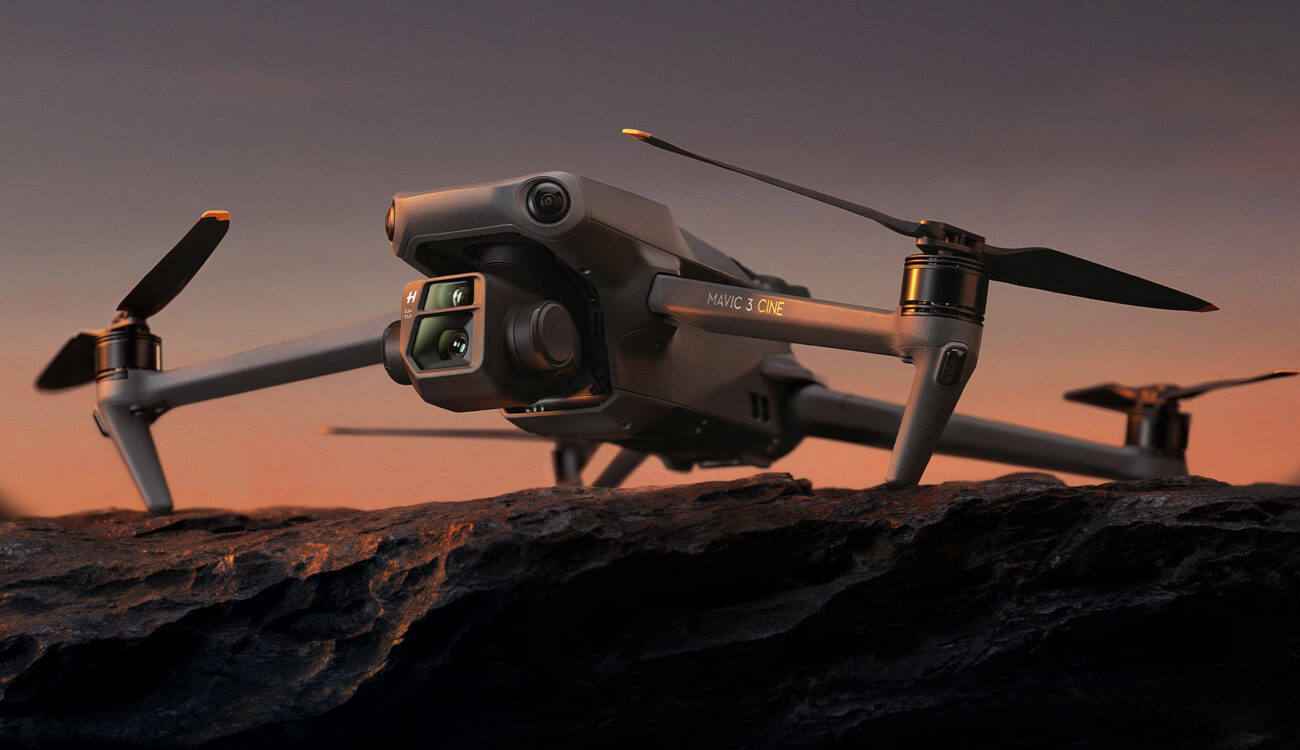
Do I regret the drone itself? No. The Mavic 3 is best-in-class for photo and video drones. Period. It is my main workhorse and performs at every level I need it to and thensome.
Do I regret not waiting to buy the drone? Yes. Here’s why…
While I love the “OG” Mavic 3 and its performance capabilities, I was less than pleased with the quality of the ½” zoom camera it featured and its application for professional level imaging. Beyond 7x zoom, the photo and video resolution from the zoom lens was absolute flaming-hot garbage. It’s grainy, pixelated, and has no flexibility in post. It just can’t be used in most professional photo and video projects beyond a certain point – some of the most interesting points at that. Why DJI didn’t take the time to just configure that ½” sensor to function the same as the camera on the Mavic 2 Zoom was beyond me (gosh I loved the Mavic 2 Zoom…I mourn the decision to do away with it sometimes). The only reason I could think of would be because engineering an optical zoom lens into a gimbal payload that already had a 4/3 sensor in it would be a logistical nightmare.
That is…I thought that until October of 2022.
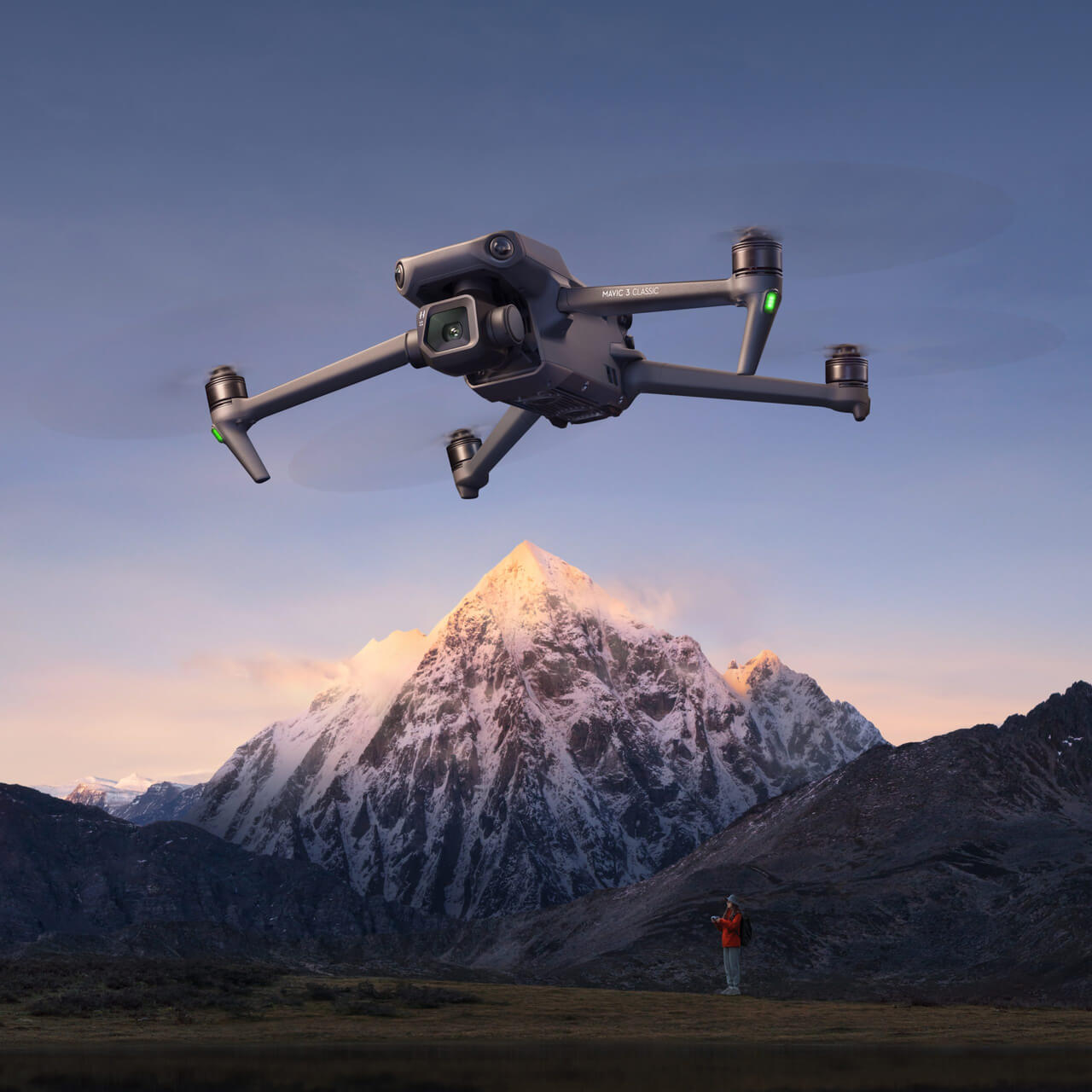
At that time, DJI had announced that a new version of the Mavic 3 would be released. This version would be called the “Mavic 3 Classic” and would retail for approximately $800 less than the original Mavic 3. What was the main difference between the two drones? An absence of the ½” zoom camera.
I remember being absolutely irate over the announcement. I was so disappointed with the ½” zoom camera and its quality and now they are releasing a version of the drone that did not have it and was significantly less expensive? Wild. On top of that, because the new release was technically a “downgrade” from the original Mavic 3, I was upside-down in the whole deal and there was no way to recoup the money I unwisely put into the original Mavic 3. After some time and self-soothing, I got over the whole thing and just appreciated that my Mavic 3 was a fine piece of equipment that did everything I needed it to do.
And I maintained that contentment…until April 25, 2023.
DJI broke open the emotional scab that I had formed from the whole “OM3” vs. “M3C” debacle by announcing the release of the new Mavic 3 Pro. This new model featured 3 different lenses, all capable of different types of shots – a perfect tool in the toolbelt of any cinematographer with an eye for drones. On top of its already existing 20MP wide-angle 4/3 CMOS sensor, the drone also has a 70mm 48MP 3x zoom medium telephoto lens and a 166mm 12MP 7x zoom telephoto lens.
The kicker? Its retail is less, comparatively speaking, than the original Mavic 3. While the Mavic 3 Pro is slightly more expensive at face-value, the standard package includes the DJI RC Remote (as opposed to the DJI RC-N1, which is what the original Mavic 3 comes with by default) – a $309 value added to the Mavic 3 Pro packages for almost nothing. And if somebody WERE still interested in the original Mavic 3? Well, it is no longer listed on DJI’s main website for purchase. It can still be purchased on third-party sites such as B&H Photo, but otherwise the drone giant has installed the Classic and Pro as the new “flagship” models.
If I could do the whole “Mavic 3” debacle over again, I would have waited until the Mavic 3 Pro was released and purchased it with the DJI RC Remote/Fly More combo instead. But, the saying goes, “hindsight is 20-20.”
Needless to say, I’m still licking my wounds with this one and find myself wrestling with the frustration I feel about the whole ordeal. However, when I separate my own personal strife from the subject at-large, I can see what is happening with DJI and how they intend on manufacturing their drones in the future. Gone are the days of having a variety of different models, all capable of a variety of different types of missions and operations. DJI is beginning to follow the lead of Autel by providing multi-faceted drones with different “versions” to choose from for consumers.

And the reason I say DJI is following Autel’s lead on this one is because they were doing it first. Just take a look at this line-up of Autel EVO drone versions:
Now, take a look at the latest line of Mavic drone versions:
It was becoming clear that DJI was moving away from the Phantom model after the Phantom 4 V2 Pro was released. This is evidenced by the way they handled the Mini and Air models – removing the “Mavic” moniker and instead letting the “Mini” and “Air” names stand on their own as independent platforms. That combined with the fact that the Phantom build is largely obsolete when it comes to storage and transportation as well as overall aerodynamics. In fact, the Phantom series is also no longer listed on DJI’s main website, so it’s safe to assume that line is officially dead.
All this said, the drone world should prepare to see more of this type of development and manufacturing of drone technology in the future. As we move forward we will see fewer and fewer unique design concepts with regard to the body of the drones and a collective streamlining geared towards what is most efficient and practical. We’re even seeing it in our enterprise drones with DJI’s Matrice lineup beginning to take after the design concepts of the Mavic series.
As for the way things rolled out with DJI and the Mavic 3 lineup, with DJI seemingly releasing their middle-of-the-road drone first, followed by their entry-level drone, and finally their top-tier drone? I’ll chalk it up to a potential lack of direction in terms of development and planning. Most ideas need to be fleshed out over time and according to feedback from a focus or test group. In this case, real-life consumers were the group providing the feedback after they had already invested between $2,000 and $3,000 in the original Mavic 3. I hope beginning with the Air 3 or the Mavic 4 that DJI releases all of the versions at once or in order from least-expensive to most expensive at the bare minimum. Until that process is seen carried out by DJI, may the buyer beware…hold onto your money a while longer after the next release. It may save you a lot of heartache and get you the “best bang for your buck,” when it comes to price-versus-performance.
